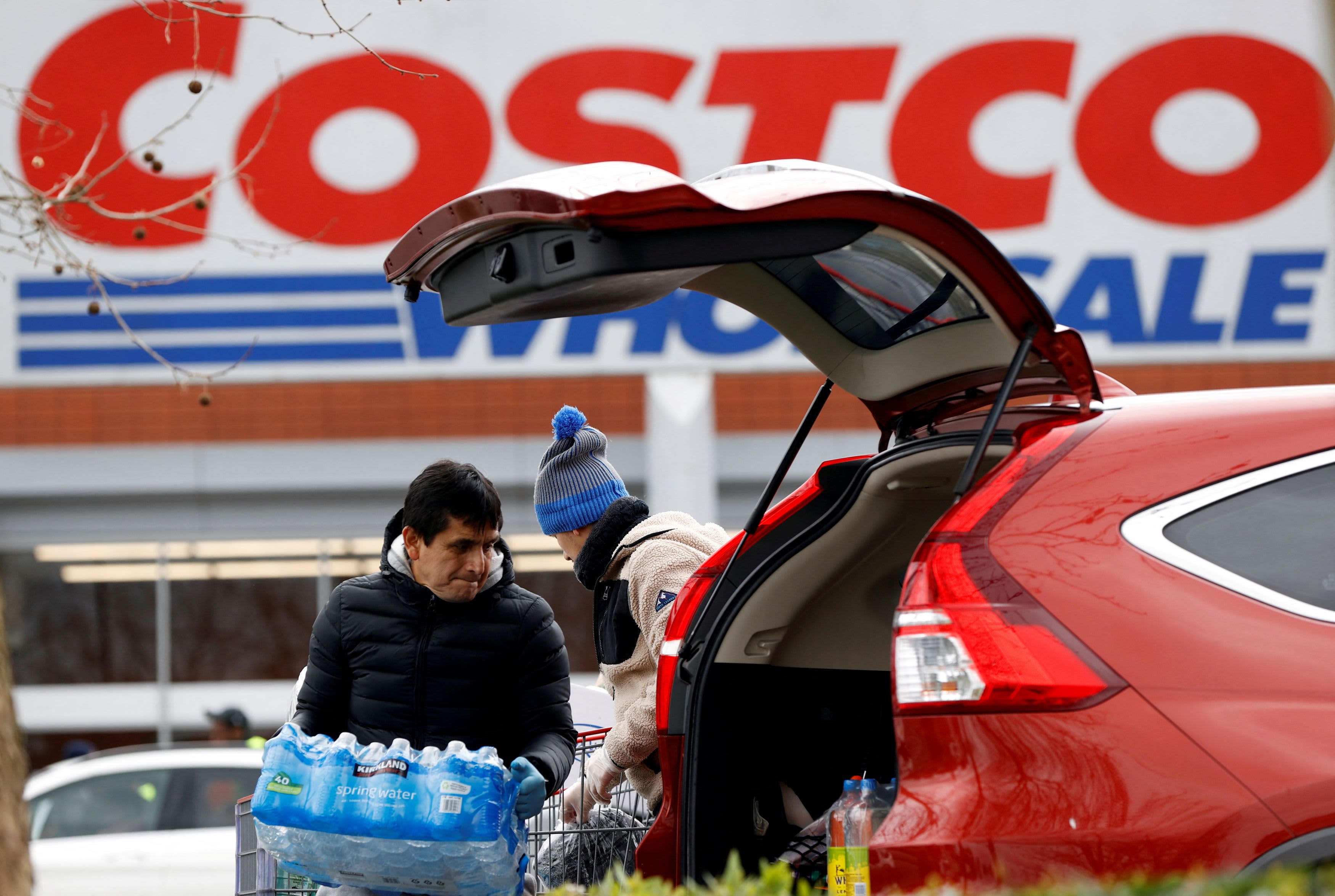Best Buy on Tuesday surpassed Wall Street’s expectations for quarterly earnings, as inflation-dented demand for pricey consumer electronics came in better than feared.
The consumer electronics retailer, which had cut its forecast this summer, reiterated its outlook for the holiday quarter. It raised its full-year forecast to reflect the beat, saying it expects comparable sales to decline about 10%.
related investing news
Shares of the company rose more than 9% in premarket trading Tuesday.
Here’s how the retailer did for the three-month period ended Oct. 29 compared with what Wall Street was anticipating, according to a survey of analysts by Refinitiv:
- Earnings per share: $1.38 adjusted vs. $1.03 expected
- Revenue: $10.59 billion vs. $10.31 billion expected
While Best Buy’s quarterly results were better than expected, demand is down from the heights of the pandemic, when consumers turned to its stores for home theaters, computer monitors, kitchen appliances and more while working, playing and cooking at home.
Net sales for the fiscal third quarter declined by about 11% from $11.91 billion year over year in the third quarter. Net income fell to $277 million, or $1.22 per share, from $499 million, or $2 per share, a year earlier.
On a call with investors, CEO Corie Barry said sales declined across most of Best Buy’s product categories — with the largest decrease in computing and home theater. However, she said, compared to the same quarter in 2019, its computing revenue is 23% higher and its appliances revenue remains 37% higher.
She said the retailer “saw relatively consistent behavior from our purchasing customers” in the quarter, even as consumers faced high prices at the grocery store and gas station. But she added shoppers have a lot of interest in sales events.
“Across consumers we can also see that savings are being drawn down and credit usage is going up,” she said. “And value clearly matters to everyone.”
Best Buy is staring down a more uncertain sales environment this holiday season. Some inflation-pinched consumers are pulling back on discretionary items and spending more money on necessities and experiences. The company joined other retailers in slashing its outlook this summer. It said at the time that it expects same-store sales to drop by about 11% for the 12-month period ending in January.
A month after Best Buy warned of slower sales, it cut jobs across the country.
Yet, so far, the company has topped its own expectations.
Comparable sales fell by 10.4%, less of a decline than the 12.9% that analysts expected, according to FactSet. The key metric, also called same-store sales, tracks sales online and at stores open at least 14 months.
It was also less of a drop than the retailer anticipated. Best Buy had not given specific guidance for comparable sales in the third-quarter, but its Chief Financial Officer Matt Bilunas had cautioned it would drop more than the 12.1% decline in the second quarter.
The company said it has resumed share buybacks, which it paused when it took down its forecast in July. Best Buy said it plans to spend about $1 billion on share buybacks this year.
CEO Barry said the company is tightly controlling its inventory, which was down 14.7% year over year. The retailer anticipated a decline in demand and lapped a year-ago period when shipments arrived both early and late because of a supply chain challenges.
Inventory has been a closely watched metric in the retail industry, as many companies cope with a glut of unwanted goods and have had to mark down items, cancel orders or pack and store goods.
Barry said holiday shopping patterns are also shifting to a more typical pre-pandemic pattern. In a news release, she said the retailer expects customers to spend more during Black Friday, Cyber Monday and the two weeks leading up to Christmas.
Shares of Best Buy are down about 30% so far this year, underperforming the S&P 500 Index. Shares closed on Monday at $70.83, down nearly 2%. The company’s market value is $15.95 billion.








